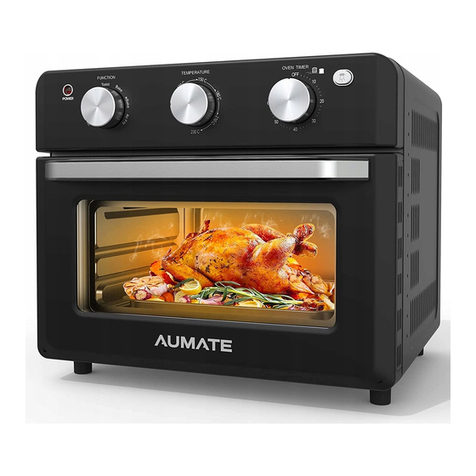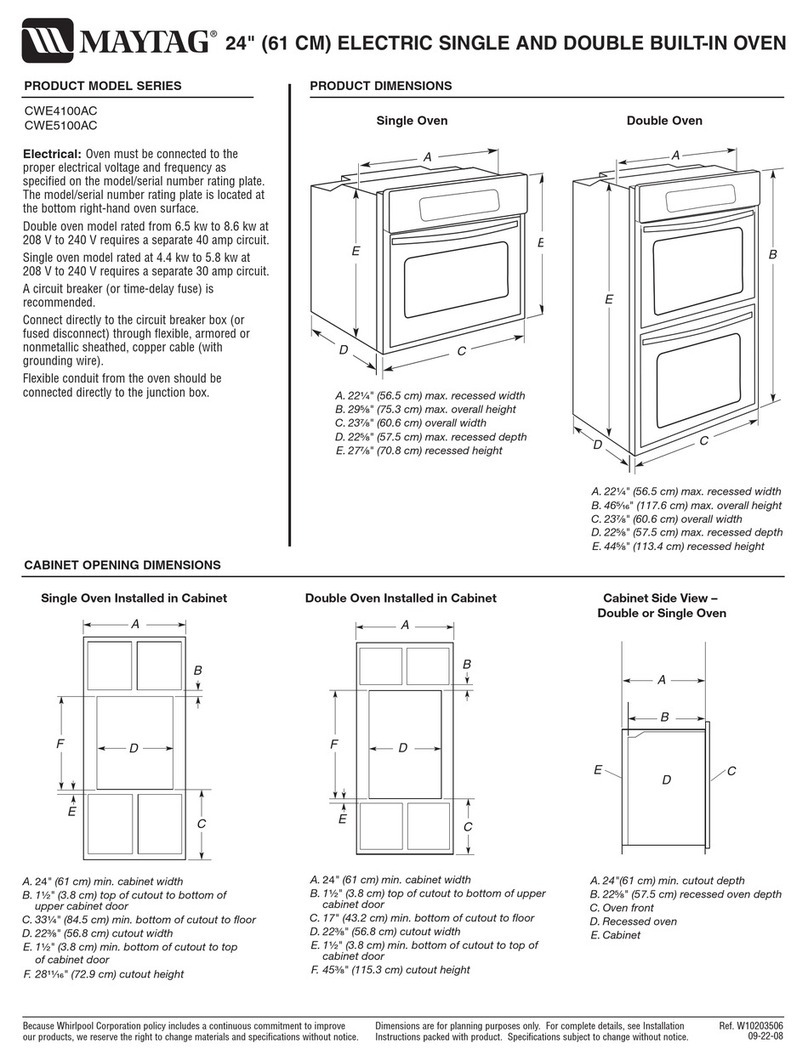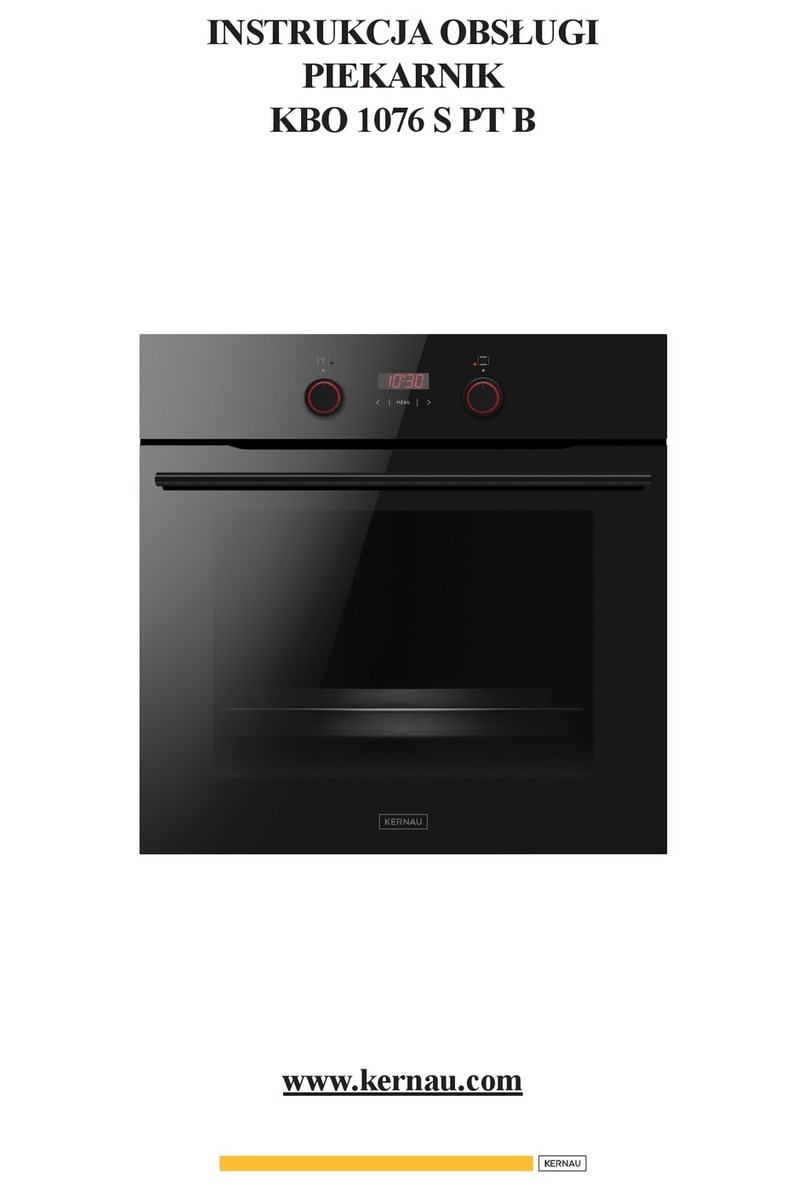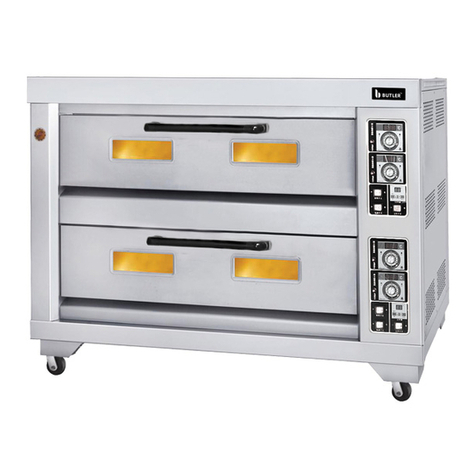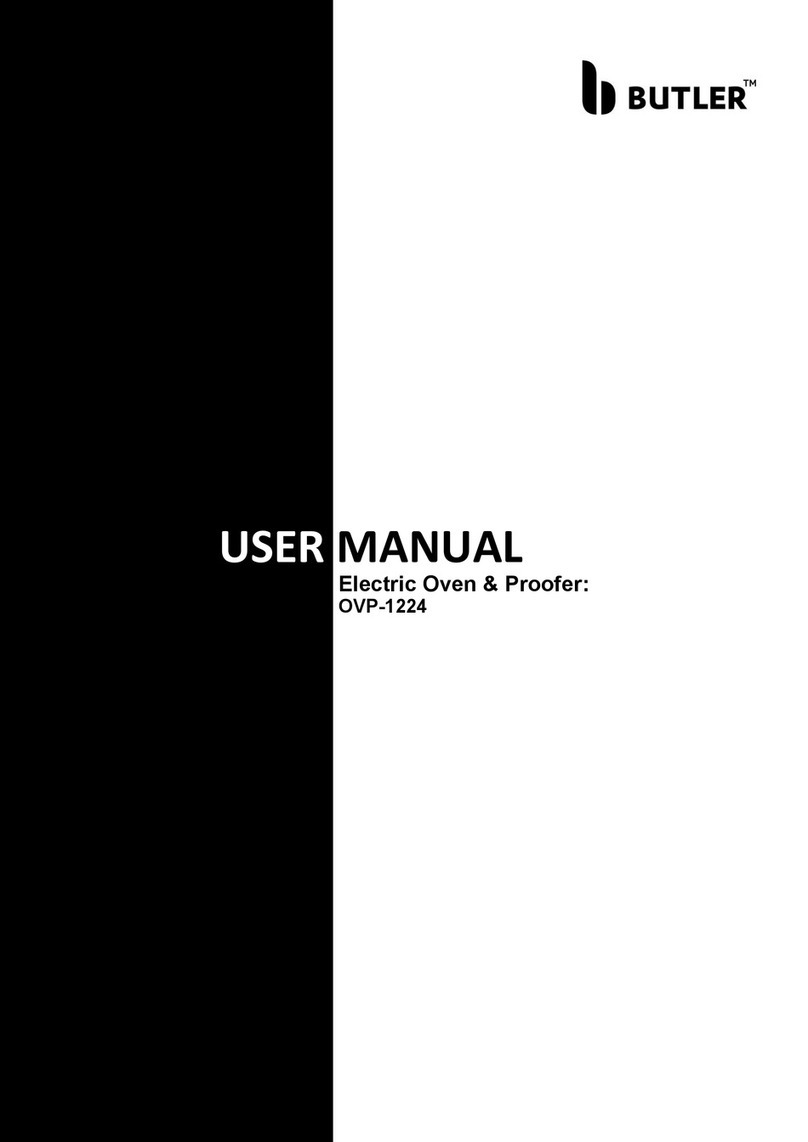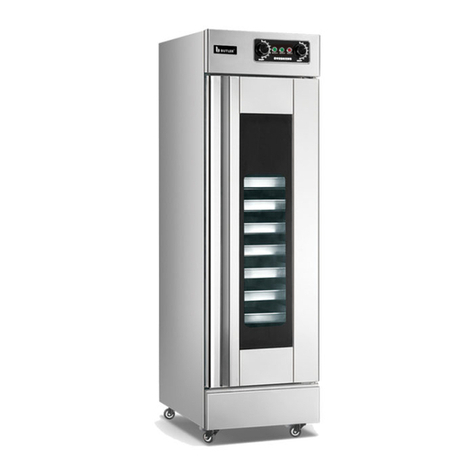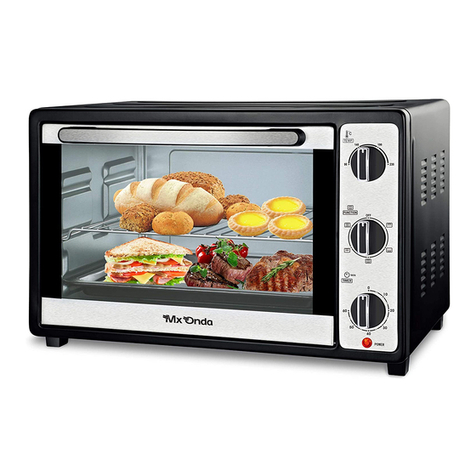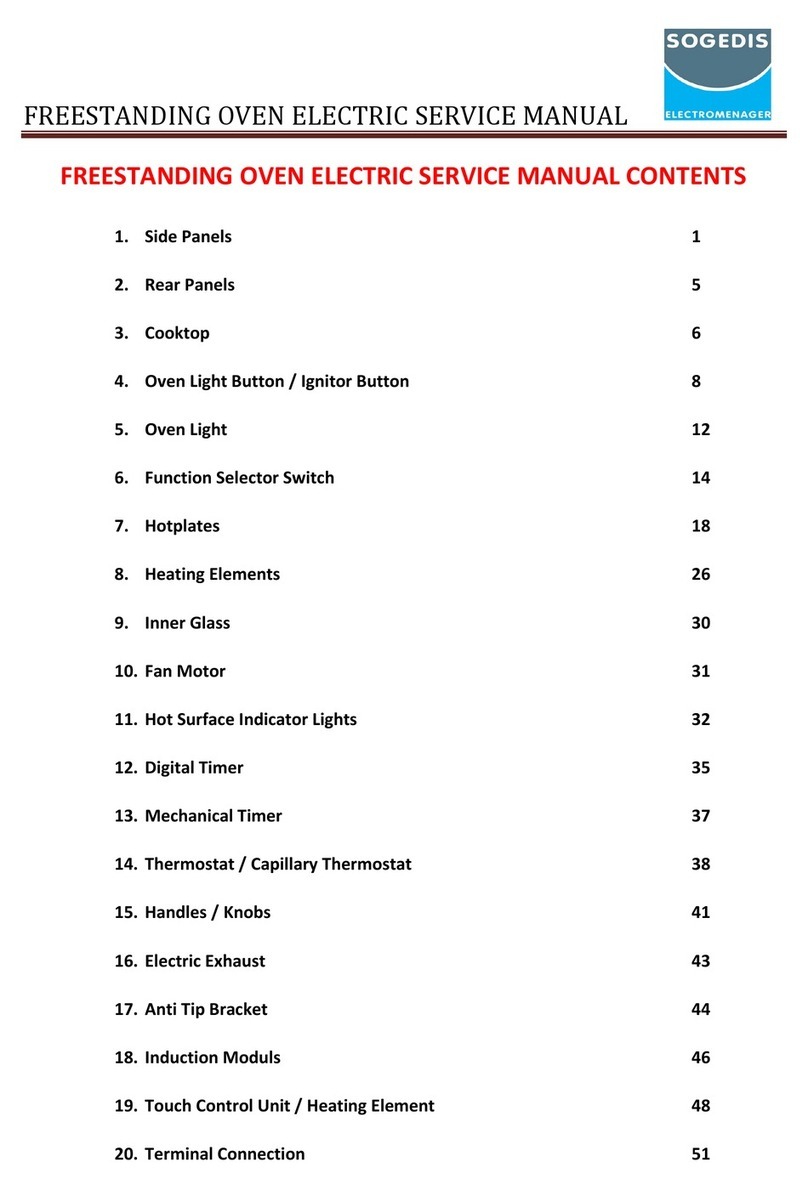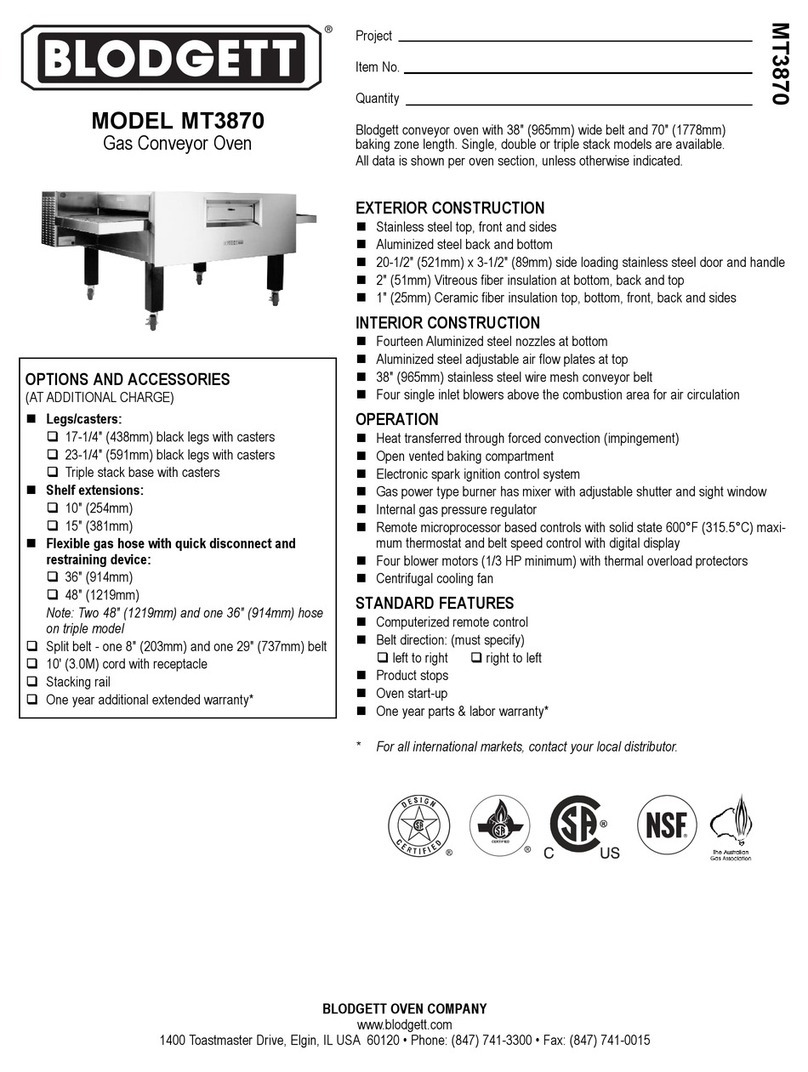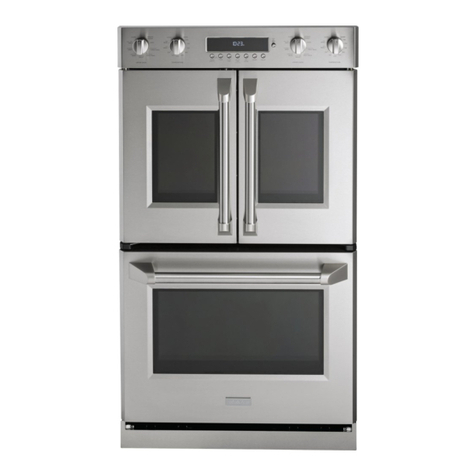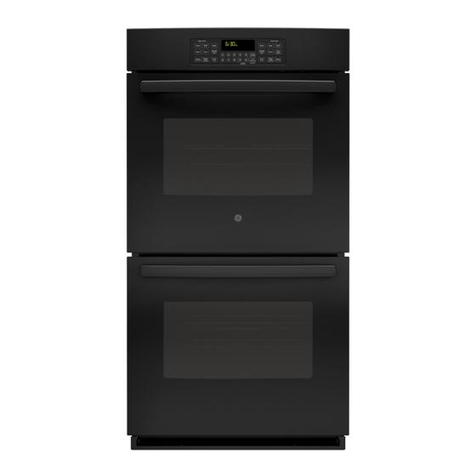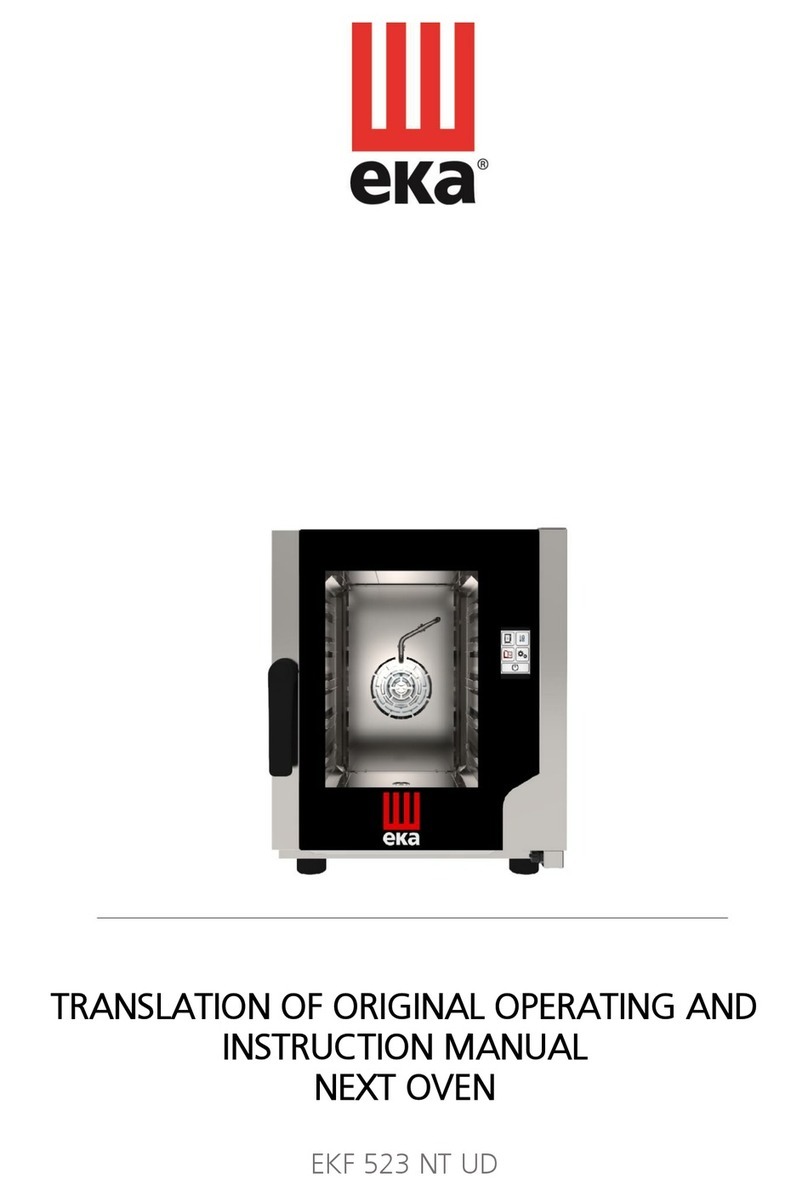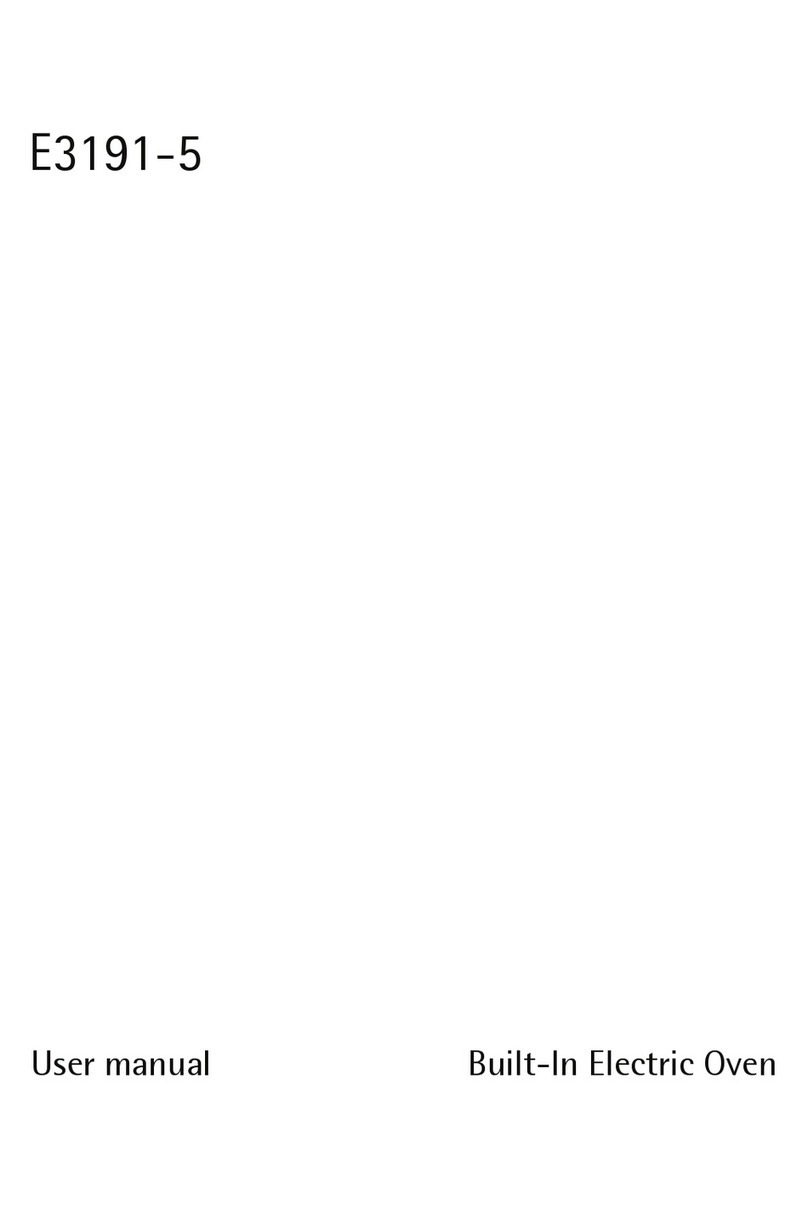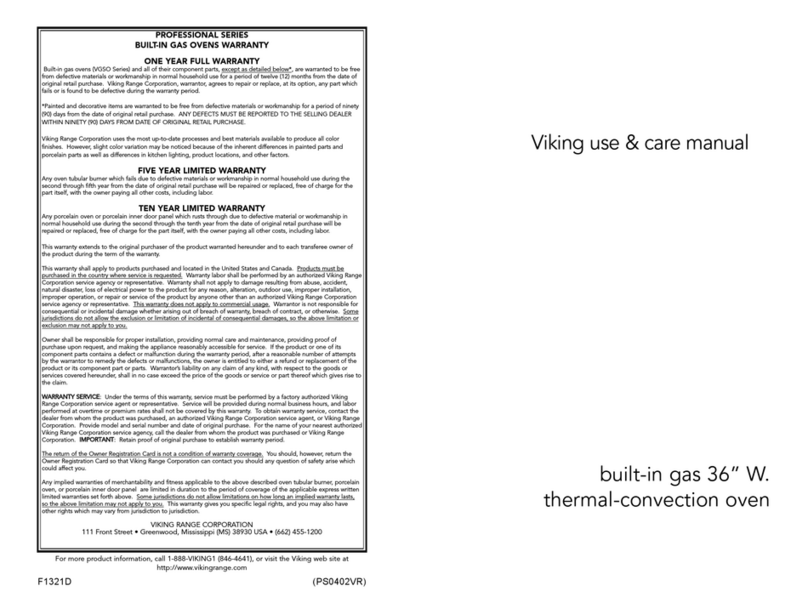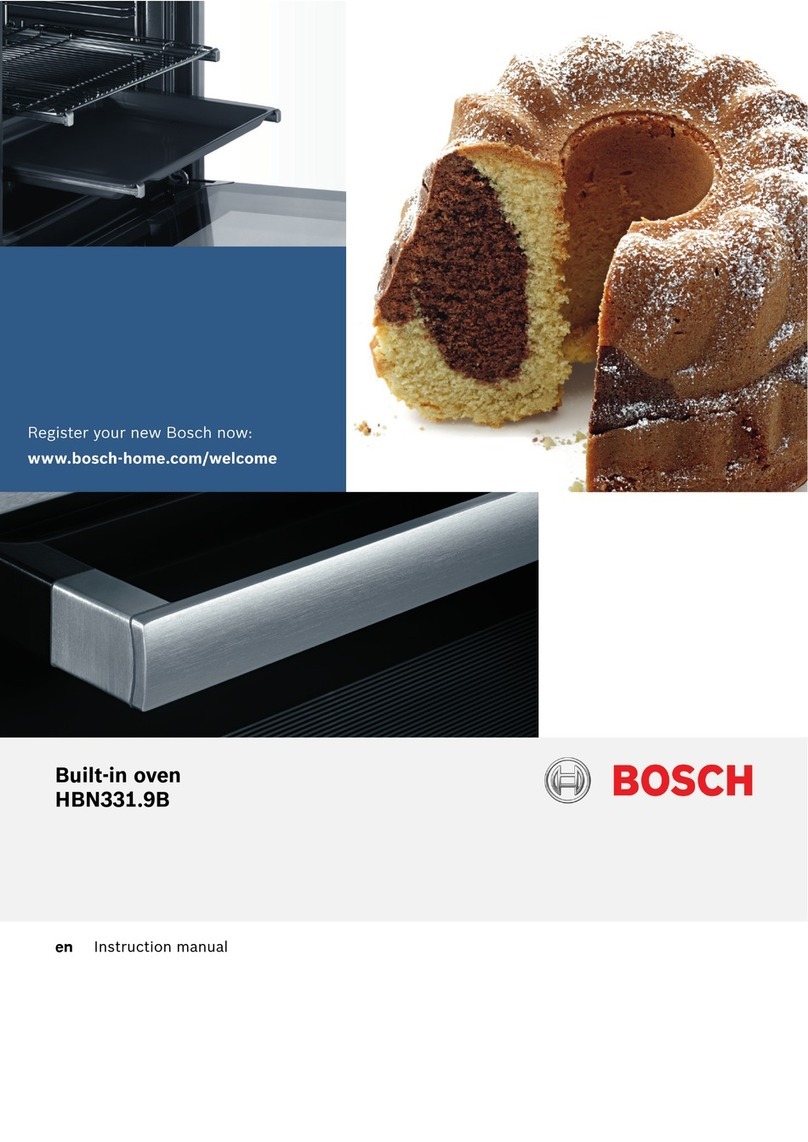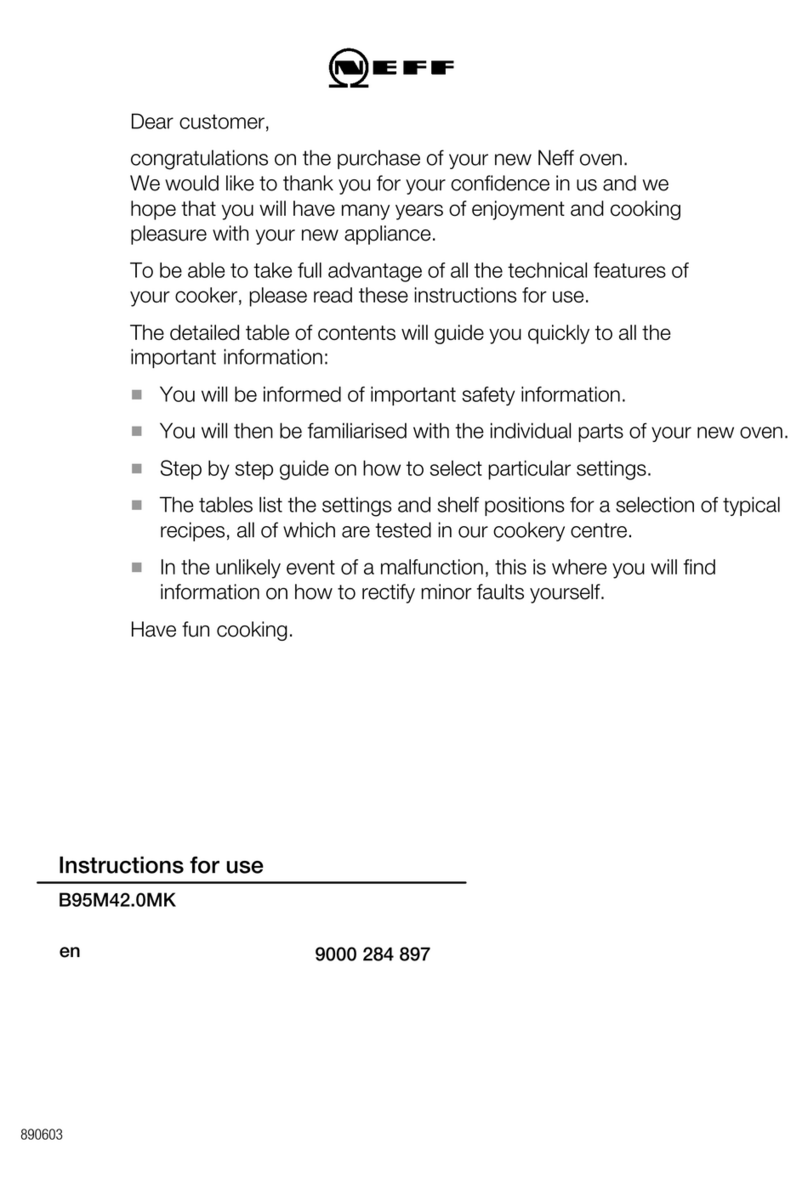User Manual
4
After the completion of power supply configuration, the equipment shall be checked comprehensively,
like whether there is appearance abnormality, whether the control meters is under original condition,
whether there are buttons breakdown. And then clean the machine completely. After the completion of
this steps, adjust each device respectively.
①Air feeder: start the air feeder and then adjust the air exit to ensure even air outflow.
②Motor for rotary table: start the motor to check the tightness of the belt (adjust it if necessary) and
see whether the rotary table is under normal condition.
③Exhauster: press the exhauster button and see whether it is operating when the door is open and
stopping when the door is closed.
④After completing the three steps above, operate the machine integrally to make sure there are no
problems after putting into production.
Ⅴ. Operation and maintenance
1. Open the power to adjust roasting temperature according to roasted food varieties. Keep the set
temperature 10---15Min so that the temperature in the oven is under balanced condition after set
temperature is reached.
2. Open the oven door and push the cart full of roasting articles into the oven, and then close the door and
start the timer to roast.
3. Observe the roasting condition within the oven to see whether the set roasting time is appropriate.
4. The buzzer will alarm after the completion of this action. So it is time to open the oven and pull the cart
out. And then close the oven door for temperature reservation for the next roasting.
5. Clean the oven body daily after roasting is ended to keep the equipment tidy.
6. Clean the roasting chamber weekly (if necessary) to remove the dirt, residue etc to make sure there is no
smell within the oven.
7. Due to high temperature within the oven, add high temperature-resisting lubricating grease to each cart
wheel monthly to ensure flexible movement.
8. Remove the lifting bedplate and add lubricating grease to the slide way to ensure free up and down
movement.
9. Check the rotary plate tri-belt aperiodically and make adjustments to ensure proper tightness.
10. As to diesel oil type equipment, the sprayer and ignition shall be cleaned every three month to ensure
normal operation.
11. As to gas-firing type, the gas pressure shall be well monitored to make sure that the input pressure satisfy
relevant requirements.
Ⅵ. Attentions
1. The heating shall be avoided for injury in case of opening the door under high temperature conditions.
2. The cart shall be pushed to position so that the spring of the base plate lock the shaft, or else the cart
may deviate (or go to the wall) and influence the roasting quality. Non standard carts are prohibited for
use.
3. The measuring and control of temperature of this machine is single reaction type with no up and down
toasting temperature adjustment. So the temperature of the upper and lower area is adjusted through
multi-band air adjustment board. Temperature, time and air flow shall be applied for controlling toasted
food color, the air flow is better not to be changed. The rule shall be carefully researched for the output
of ideal roasting.

